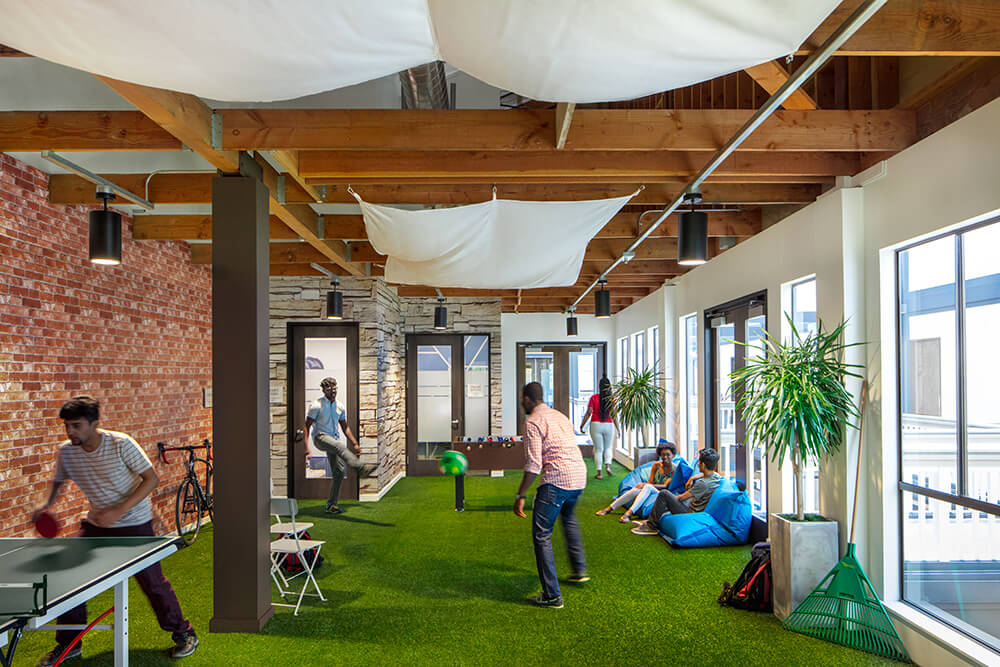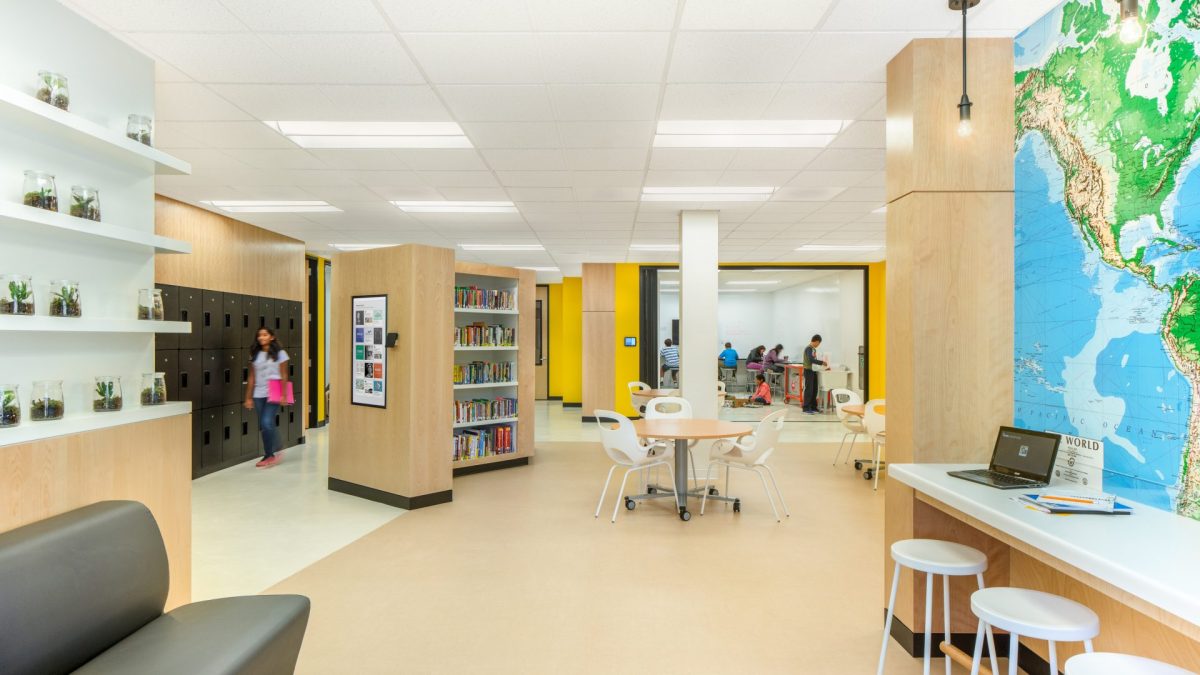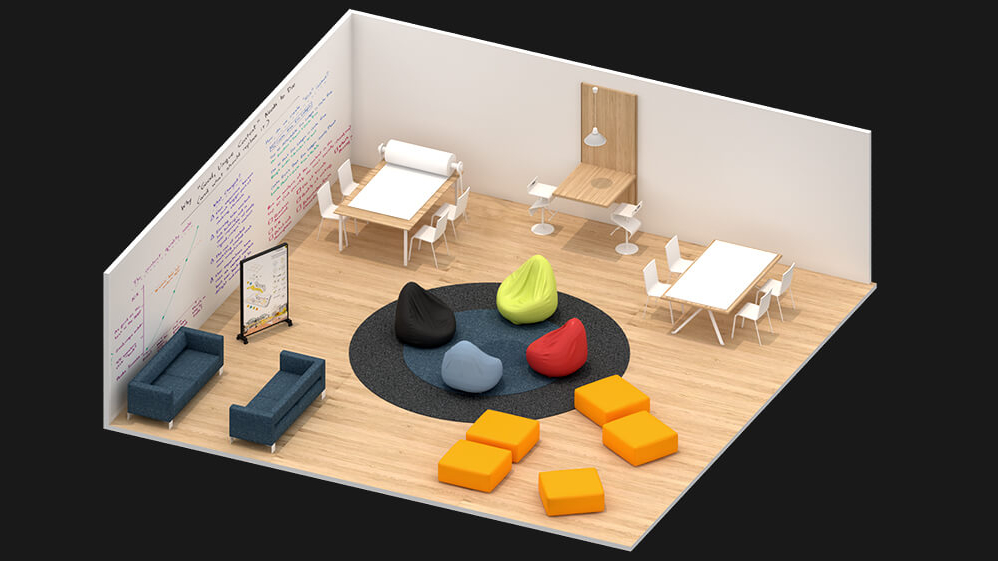- Black college graduates are still vastly underrepresented in STEM fields.
- Two major reasons are a lack of access and a missing sense of belonging.
- Google and Danish Kurani partnered to address both issues for Howard University students.
According to the latest figures, Black students receive only 7% of all STEM bachelor’s degrees—a rate that has held steady for years.
While there are many reasons for this divide—ranging from personal biases to structural racism—Kurani has seen the benefit of design to inspire and empower underrepresented students to achieve more.
Specifically, we know that access to the right tools and equipment early on, plus a comforting sense of “I belong here,” go a long way toward making a STEM career seem like a viable option.
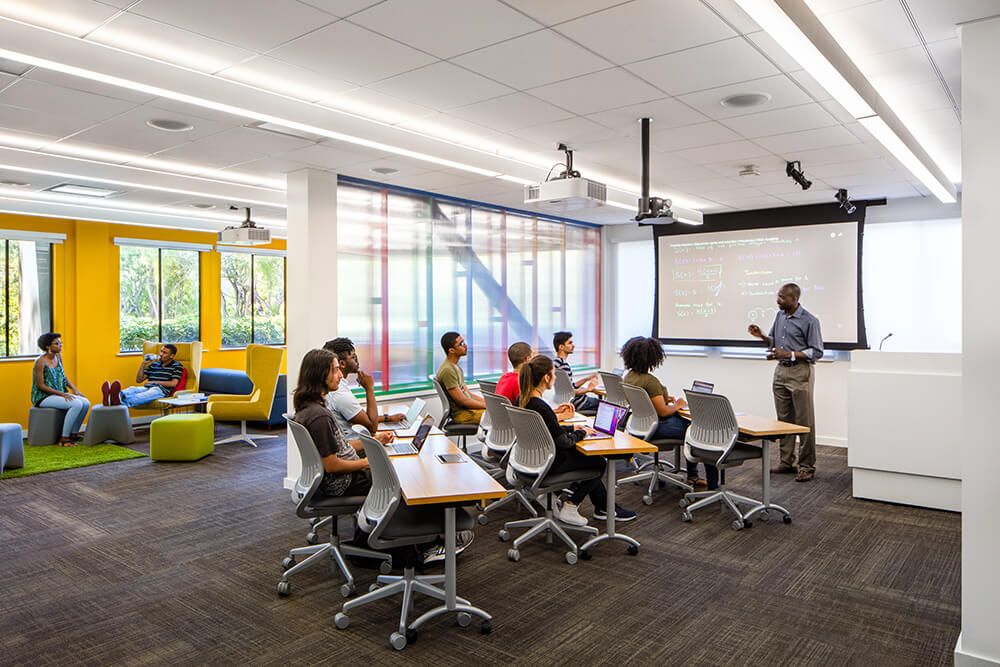
In 2017, Kurani partnered with Google to give this experience to students at Howard University, one of the most prestigious Historically Black Colleges and Universities (HBCUs) in the country, located in Washington, DC.
Kurani designed a satellite campus at Google’s headquarters, in Mountain View, California, for Howard University students to learn and work as engineers. It’s known as Howard West. Students learned from Google employees and took classes from Howard instructors, all of which mimicked a true Google experience.

“We decided to give the students a balance between the professional and the academic, so that they feel that collegiate vibe as well as that professional vibe,” Kurani’s founder, Danish Kurani, told Business Insider.
The Howard West design includes several core spaces for learning and working. There is a library modeled after Howard’s actual library, a learning space for lectures and quiet study, breakaway spaces for small huddles, a gym, and even a “quad” with faux grass and a ping-pong table.
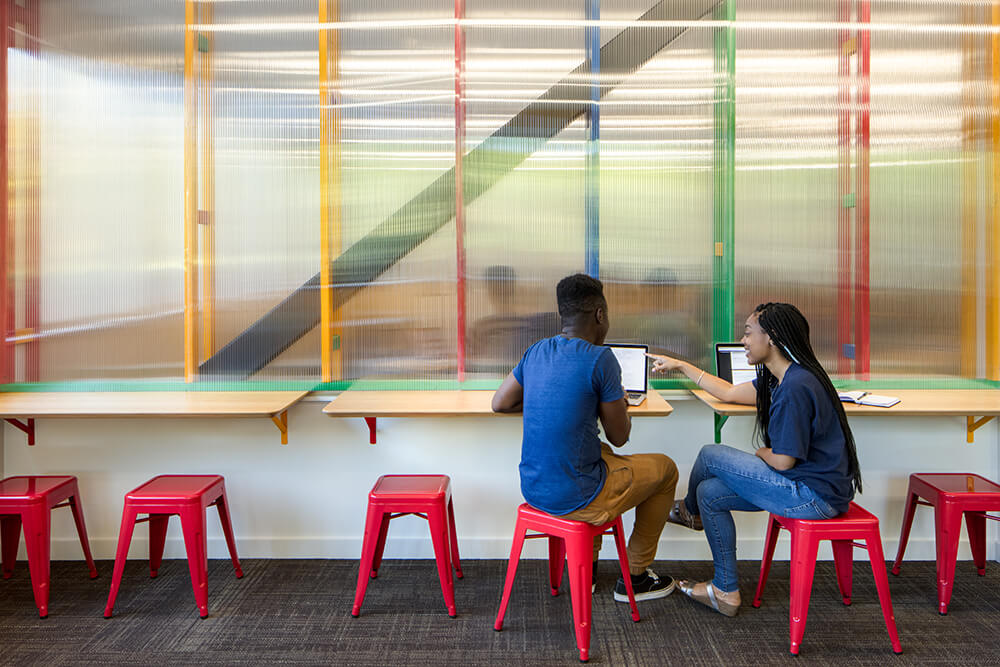
Together, Howard West spaces demystify the STEM experience. They get students excited about the prospect of entering a field like computer science or engineering. And they make an imagined future feel even more real.
“When you’ve gone through that experience, you can really picture yourself working there. You can really picture yourself as part of that culture and that ecosystem,” Kurani told Insider. “It gives you a certain level of confidence when you are applying for those jobs.”
Do you want to design a learning program that gives students a hands-on experience? Contact us today and let’s discuss your project.
